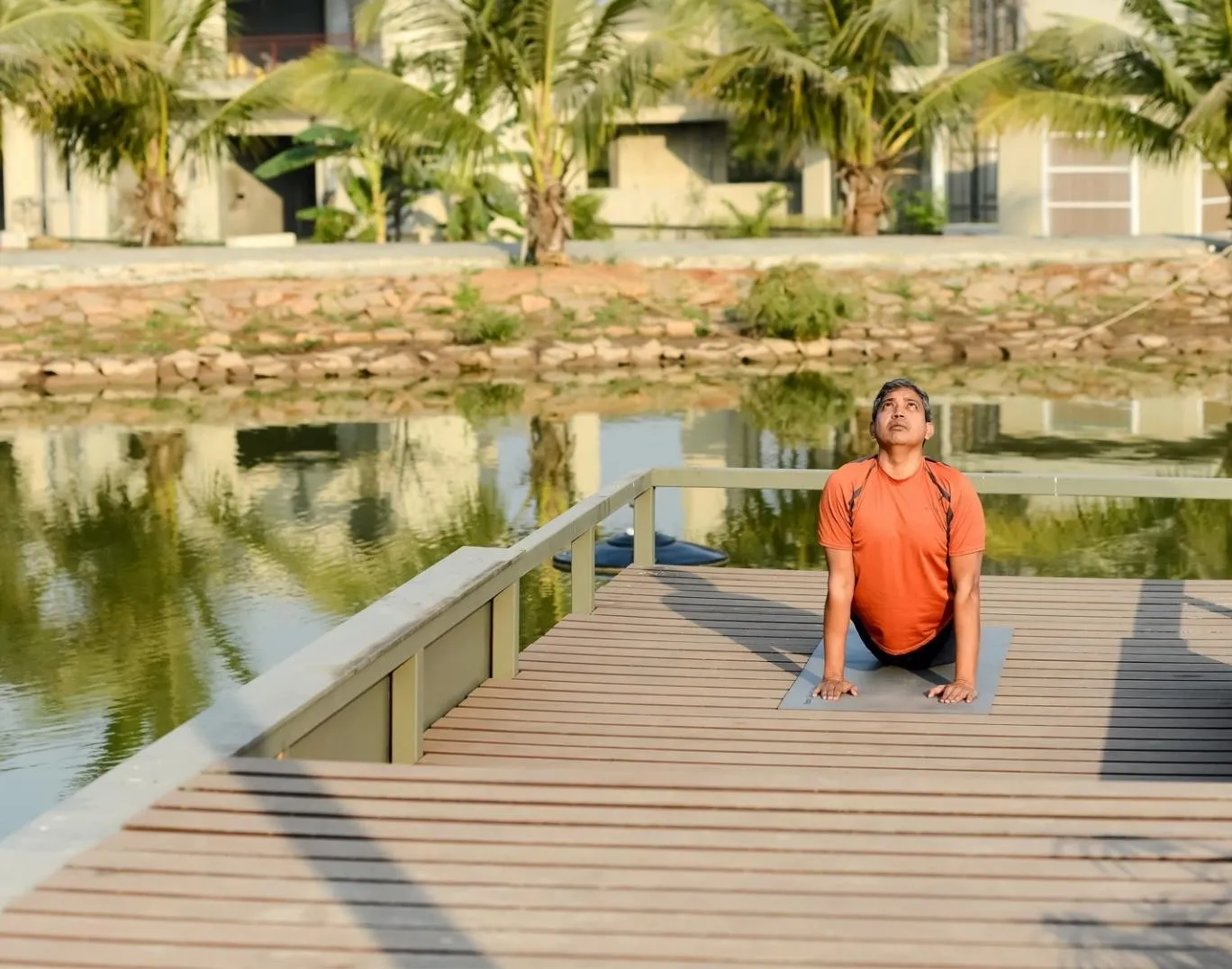 Contact us
Contact usIntent
Community
Studio Organo Concepts
About Us
Subsidaries
Studio Organo
TS RERA No.P02400003403.
TS RERA No.P02400003403.

We have long been aware of the positive correlation between maintaining good physical health and a longer, happier, existence.
More recently, though, we have started looking at how our surroundings impact the same – particularly in the places we spend most of our time at work and home.
Over the years we have seen the World’s biggest organisations clean office spaces into environments more conducive to human wellbeing, and therefore productivity.
Whether that has been by creating dreamy chill spaces complete with cozy furnishings for employees to enjoy their down time in, or by installing pool tables in the office for a bit of fun and team building between shifts, the intended result has been the same – to fashion a workplace that makes people happy to be there.
Of course, big companies have both the capacity and necessity to research how to make their workforce more content. After all, employee wellness and productivity go hand in hand with profitability. But on an individual level, we are often guilty of overlooking the importance of promoting wellness in our private spaces.
So what about those other dimensions of life, aside from work? The whole concept of “wellness” has enjoyed quite the buzz around it.

Wellness in what we eat; how often we eat, our sleeping pattern; social interactions; air quality; fitness; leisure time – we are thinking more and more about how all these aspects of life affect us and how they can be optimised. The fact is though, that where and how we live has the greatest impact on all of these facets of life.
Home is where we eat, where we sleep, etc. It’s where we would have open spaces to exercise and take in fresh air if we could. Most people prefer spaces that allow generous amounts of natural light in; we inherently look for these qualities when choosing a home, do we not? The problem has been, though, that with rapid urbanisation people have been forced to be less choosy about where/how they live, as space has become an increasingly rare commodity in cities and convenience has been given priority.
‘Is the home close to a supermarket?’ – a question more important in recent times than, ‘Does the home offer open green space outdoors to enjoy in my free time?’. By asking the right questions in the right order, the Wellness Design movement attempts to reclaim the essence of what truly benefits us in our living spaces.
The Biophilia Hypothesis – an idea introduced by the Harvard naturalist Edward O. Wilson – talks about how, ‘the urge to affiliate with other forms of life’ (Kellert & Wilson, 1995) is innate to humans.

Designing with this in mind does not mean solely looking for greener solutions – biophilic architecture comprises a system of designing that not only reduces the environmental impact of building, but that also includes the added element of reconnecting people with the world around them with the belief that it is healing to the human condition.
As wellness of the body and mind begins to consume more of our thinking space, it has naturally overflowed into more and more sectors like this. Now, more than ever, there feels an urgency to design homes with functions that encourage better physical and mental wellbeing – a sentiment that gives rise to developments such as ours here at Organo.
That means to build in a way that brings the least disturbance to the flora and fauna of the land for example, or using locally sourced, sustainable materials to design with the local climate in mind.

biophilic architectur
It truly is the time now to think more about how we build our abodes; from how and where we construct, to whether we are being kind to ourselves and our surroundings in doing so. No longer is “wellness” merely about spa days and the amount of space we can afford to stretch our legs in. More important is that a living space suits true human nature and thereby promotes better wellbeing internally, externally, and towards the world around us.
